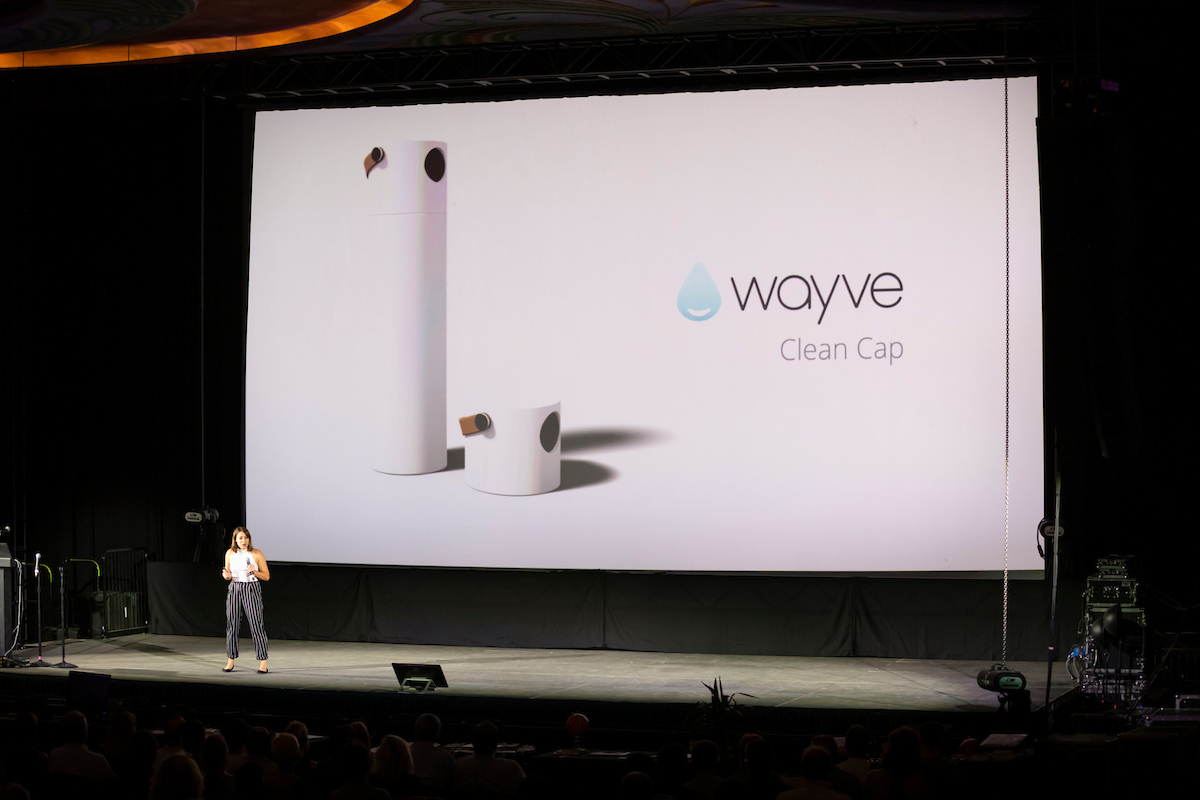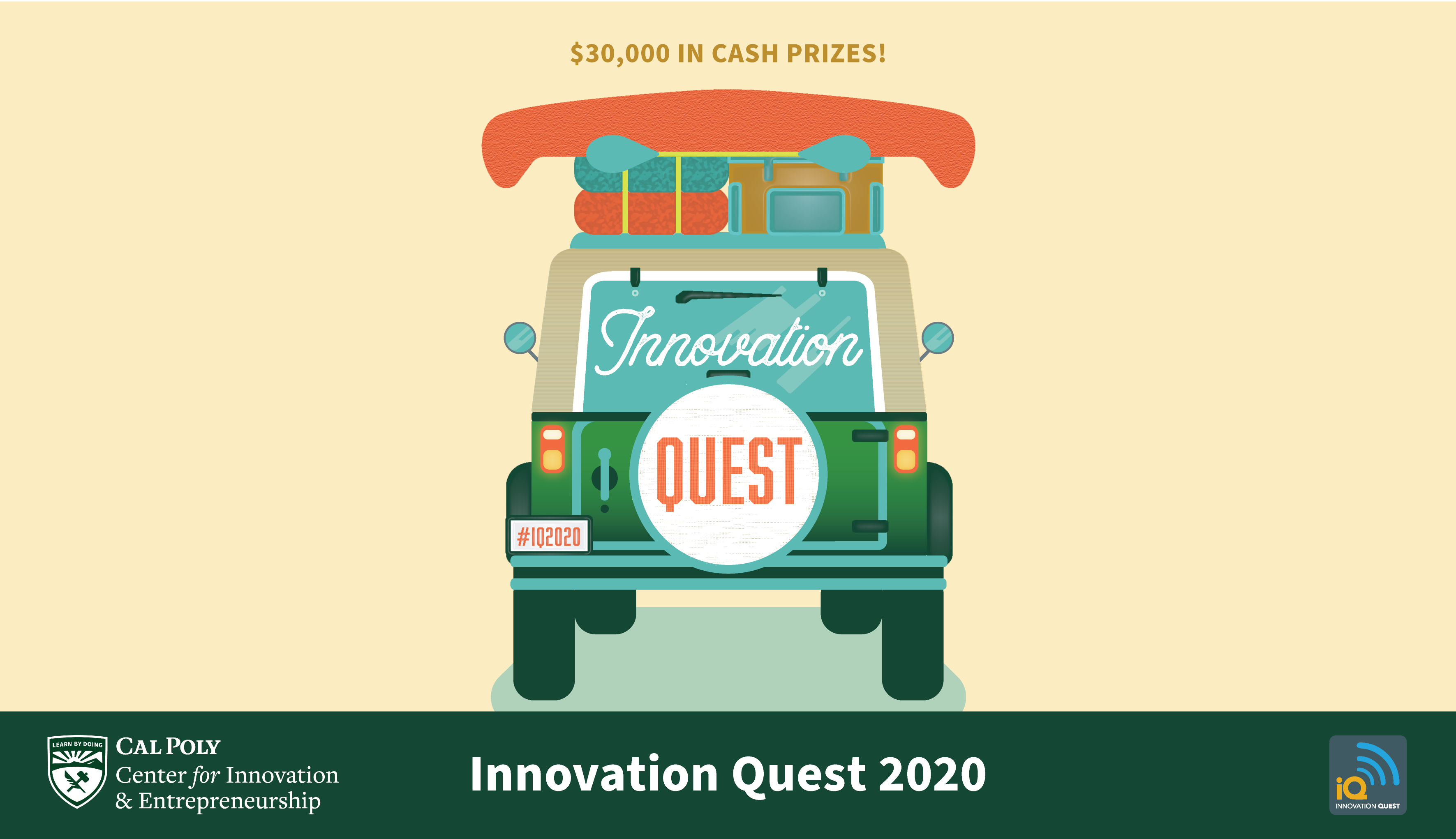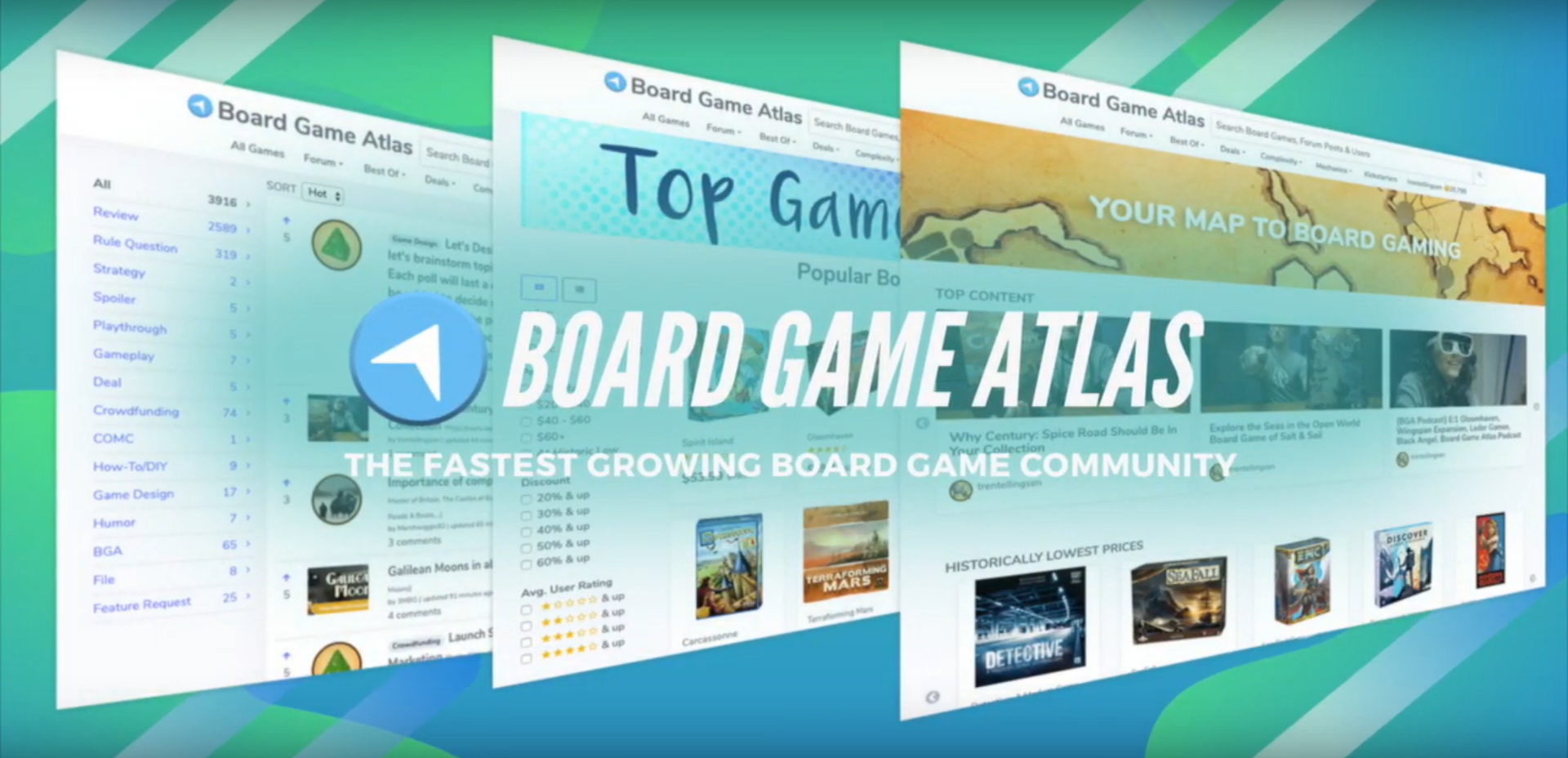Graduated Accelerator Company: Wayve, Inc.

Sierra Scolaro went from working on a senior project while finishing her undergraduate degree to becoming a CEO in one year.
What got her there? The HotHouse Summer Accelerator.
“When we started at the beginning of the summer, we were just three people with an idea and a really not-so-great prototype,” Scolaro, CEO of Wayve, Inc., said. “Going through the accelerator program with all of the mentorship, the dedicated office space and the $10,000 gift really propelled us forward.”
The Wayve team was able to utilize their $10,000 in startup funding from the Cal Poly Center for Innovation and Entrepreneurship (CIE) to prototype and patent their idea of a reusable water bottle that allows for filtered water from any spout.
While the business-development side of the program is what directly helped Wayve grow this idea into a company, she also believes the atmosphere of the HotHouse made the summer even more impactful.
“The best thing about the accelerator has to be the community,” the business entrepreneurship graduate said. “When you’re surrounded by all of that energy and other people working on their passions, it makes you all the more excited to pursue your own.”
Scolaro is grateful that she still has the support and motivation she needs to continue advancing her startup since graduating from the accelerator and joining the CIE’s two-year incubator.
“Now that we’re in the incubator program, it’s definitely not as much hand holding as the accelerator, but it’s not like all the support just disappeared,” she explained. “Working out of the HotHouse Annex, surrounded by other entrepreneurs, really provides an energy to keep the momentum going.”
Scolaro says her team really values the mentors, funding opportunities and network of helpful people they have now, but notes that a lot of these resources were first gained through the HotHouse Accelerator. That alone, she said, is enough of a reason to apply for the program.
Plus, she truly loves that the program allowed her to be an entrepreneur.
“I want to enjoy life and I want to enjoy work and I don’t want there to be a distinct separation between the two,” she said. “If I have the opportunity to create that for other people as well, to employ someone who loves what they do and feels like they’re contributing to an overall larger mission for the world, I would love to.”
So, to anyone considering taking their innovative ideas to the next level and building their business community, Scolaro has just one bit of advice for Cal Poly’s aspiring entrepreneurs.
“The HotHouse Summer Accelerator had to be one of the best summers of my life,” she said. “If you’re on the fence, just do it. There’s nothing to lose.”
Take the leap, launch your dream business, and spend your summer in San Luis Obispo with the HotHouse Summer Accelerator. Find out more and apply for the program at https://calpolycie.wpengine.com/launch/hothouse-accelerator/.








